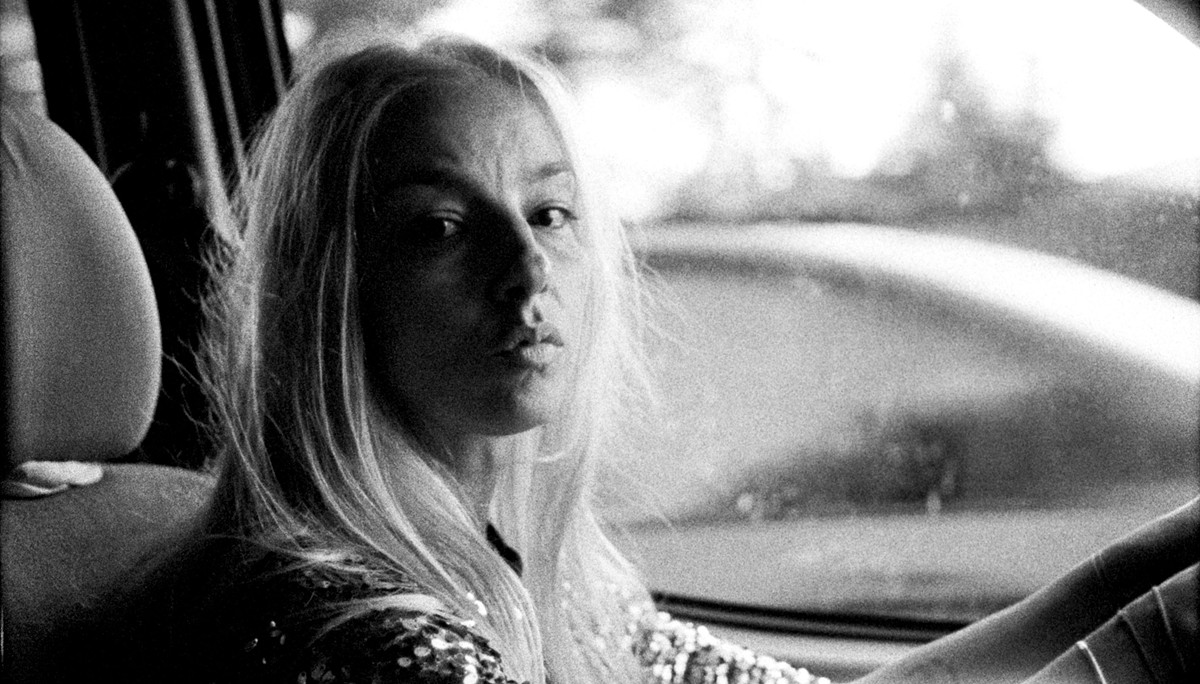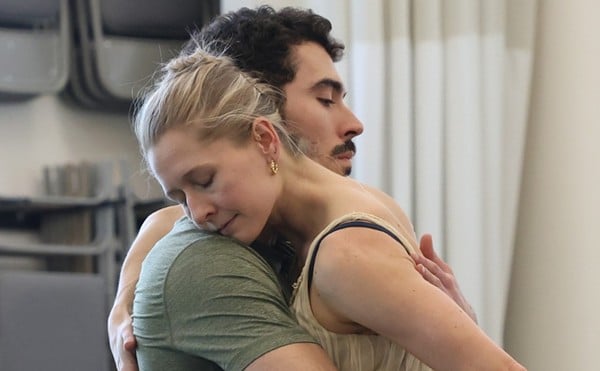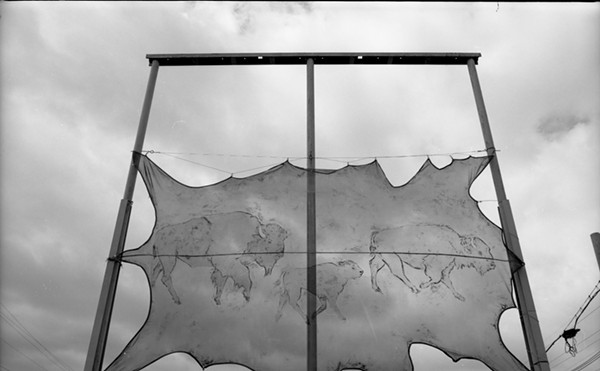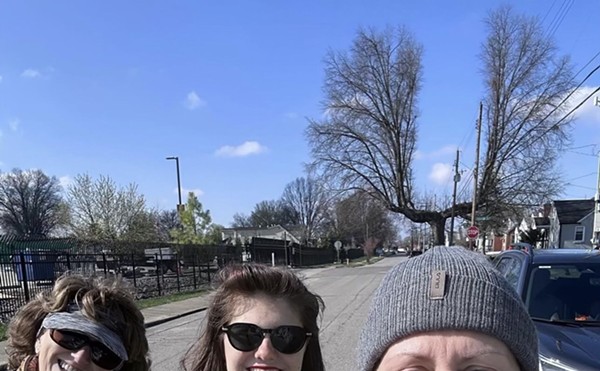Cinema as an art form is only 130 years old, and has seen a long list of threats to its existence over that time. The change from silent film to talkies, the end of the studio system, the influx of television, and then home gaming, — all of these changes ended much loved eras and opened the door to new paths forward. Now, deep into our worldwide shift to smartphones, film exists in a fractured state, outside of the usual gate kept avenues. Are Instagram reels film? Is watching a manic creator spout off on a tiny screen in bed cinema? If, as T.S. Eliot wrote, the world ends in a whimper, will it be on TikTok? Romanian director Radu Jude seems to think so.
Do Not Expect Too Much From the End of the World
April 19-21
Speed Art Museum
2035 S. 3rd Street
$12 / $8 for Speed Members
Taking his title from Holocaust survivor and Polish poet Stanislaw Jerzy Lec’s work, Jude follows up his COVID-era sleeper film “Bad Luck Banging or Loony Porn” with another woman on the streets of Bucharest film. Get in the passenger seat with Angela (Ilinca Manolache), a tough, hard-working, and exhausted production assistant, inexplicably draped in a sequin party dress as she drives from one end of town to the other. In service to a nameless multi-national company, she interviews disabled workers in their homes as they recount the workplace accidents that landed them in dire straits. She needs to find the right person to star in an industrial film that will erase company responsibility and instead lay blame on the hurt workers themselves.
A truth-teller being paid (late) to create big business propaganda, Angela expresses her opinions about billionaires and dictators to these strangers, building trust with them and with us, the audience. But we come to side-eye that trust when we meet Bobita, Angela’s TikTok alter ego, a grotesque wannabe manfluencer created with a snapchat filter who spouts Andrew Tate nonsense.
Though all these flitting hummingbird moments with ideas and opinions provide a rich text, the vast majority of the film is spent watching Angela drive the busy, packed streets of Bucharest. As she fights and cusses her fellow aggressive drivers, Jude intercuts her scenes with slowed down sequences from a 1981 film “Angela Goes On,” starring Dorina Lazar. Created under the censoring eye of Nicolae Ceausescu, the earlier film focuses on a woman taxi driver cruising these same streets. But the exhaustion that overtakes present day Angela is nowhere in the earlier film, and the 1981 Angela is instead looking for love in manageable traffic. Present day Angela barely manages a quickie with her lover, much less has the time to pursue a new love object. It is this look back at the earlier movie that gives this film its greatest achievement. Angela meets an older woman, also named Angela, who is played by Dorina Lazar, the lead actress in the earlier film. “Angela Goes On” becomes a true story, the fruits of her romantic life now fading out, and the Angelas compare their lives as drivers and feminists. This sequence is a beautiful collage bringing the two films together, playing with form to create something new and deeper than the pieces are capable of creating alone.
Director Jude spends nearly three hours of this long, long film playing with form. He is in conversation with cinema history, referencing well known film titans like Jean-Luc Goddard, Michelangelo Antonioni and Chantel Ankerman, as well as lesser known (at least outside of Europe) talents like Angela Ricci Lucchi. It also brings to mind contemporary films that experiment with form and social media personalities such as “Dashcam,” “We’re All Going to the World’s Fair” and “Zola.” Whereas Angela’s present day life is shot on grainy black and white, scenes that are mediated through a screen, such as Bobita’s misogynistic rants, cabbie Angela’s journey, or the 40 minute industry film shoot that ends the film, are in color. In another film, that black and white photography would lean into miserablism, but Angela is our guide not through misery, but through hyper realistic absurdity. Whether it is talking through the problems of self-driving cars with a descendant of Goethe, or defending one’s vile unibrowed alter ego to one’s own mother, this film trades in the kind of absurdity that calls for us to recognize just how ridiculous it is that we are grinding ourselves into the ground, and for what?






